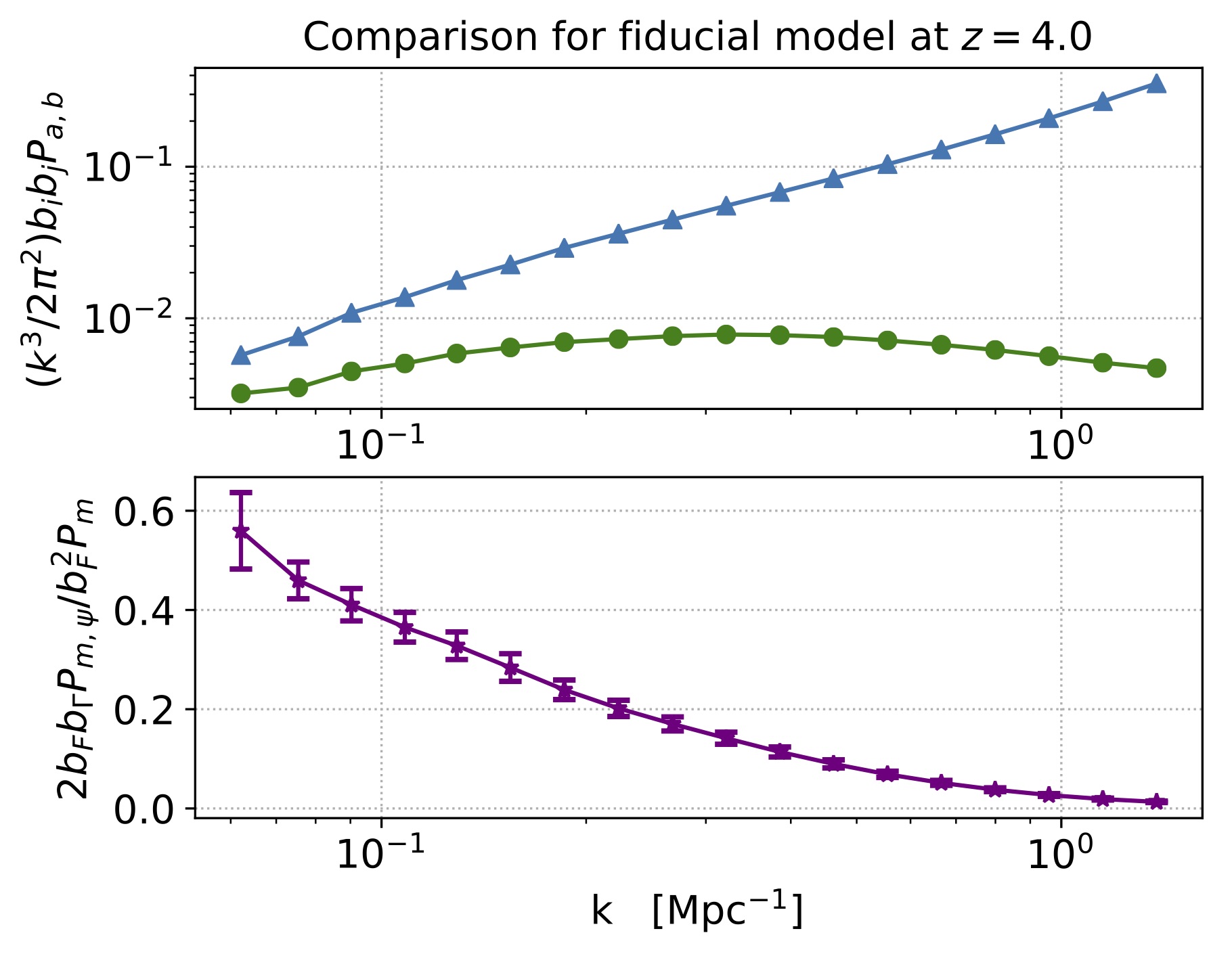Lyα forest as an emerging window into the epoch of reionization
During cosmic reionization (redshift z~8), the intergalactic medium (IGM) is heated by ultraviolet photons originating from stars and galaxies. This extreme heating leaves an imprint in the IGM by injecting the gas with additional thermal energy. The IGM will eventually relax and dissipate the surplus energy, leading to a simple relation between the temperature and the density of the IGM (see, e.g., McQuinn, 2016).
The Lyman-alpha (Lyα) forest, i.e. the absorption features (by neutral hydrogen clouds) of radiation emitted by distant quasars, is our primary tool to learn about the post-reionization Universe. The simple relation between IGM temperature and its density is used in Lyα forest surveys to model the thermal evolution of the neutral hydrogen clouds. Conventional wisdom was that the thermal relics in the IGM, generated by this imprint from reionization, would vanish swiftly to become negligible by z~4 (Oñorbe et al., 2019). However, recent work has shown that they can survive up to z~2 (Hirata, 2018; Montero-Camacho et al., 2019).
Paulo Montero-Camacho, a postdoc and Shui Mu scholar at the Department of Astronomy of Tsinghua University, together with Prof. Yi Mao recently demonstrated, using high resolution hydrodynamic simulations, that these thermal relics can be transformed from an “annoying” broadband systematic in the Lyα forest into a novel window of the epoch of reionization and, possibly, the cosmic dawn. They found deviations of up to 50%, at z = 4, in the 3D power spectrum of the Lyα forest. Furthermore, the thermal relics from patchy reionization of hydrogen depend on the physics of reionization. Hence, they can, theoretically, be used to distinguish between different reionization models.
References:
Paulo Montero-Camacho & Yi Mao, 2020, accepted for publication at MNRAS, e-print: https://arxiv.org/abs/2003.10077
McQuinn, 2016, ARA&A, 54, 313
Oñorbe et al., 2019, MNRAS, 486, 4074
Hirata et al., 2018, MNRAS, 474, 2173
Montero-Camacho et al., 2019, MNRAS, 487, 1047




